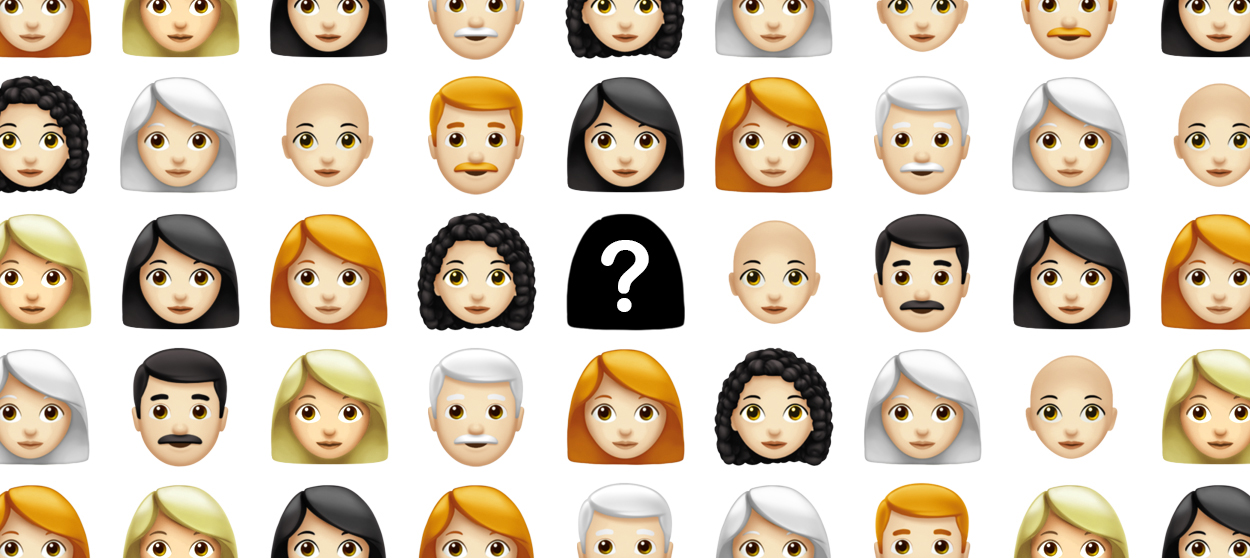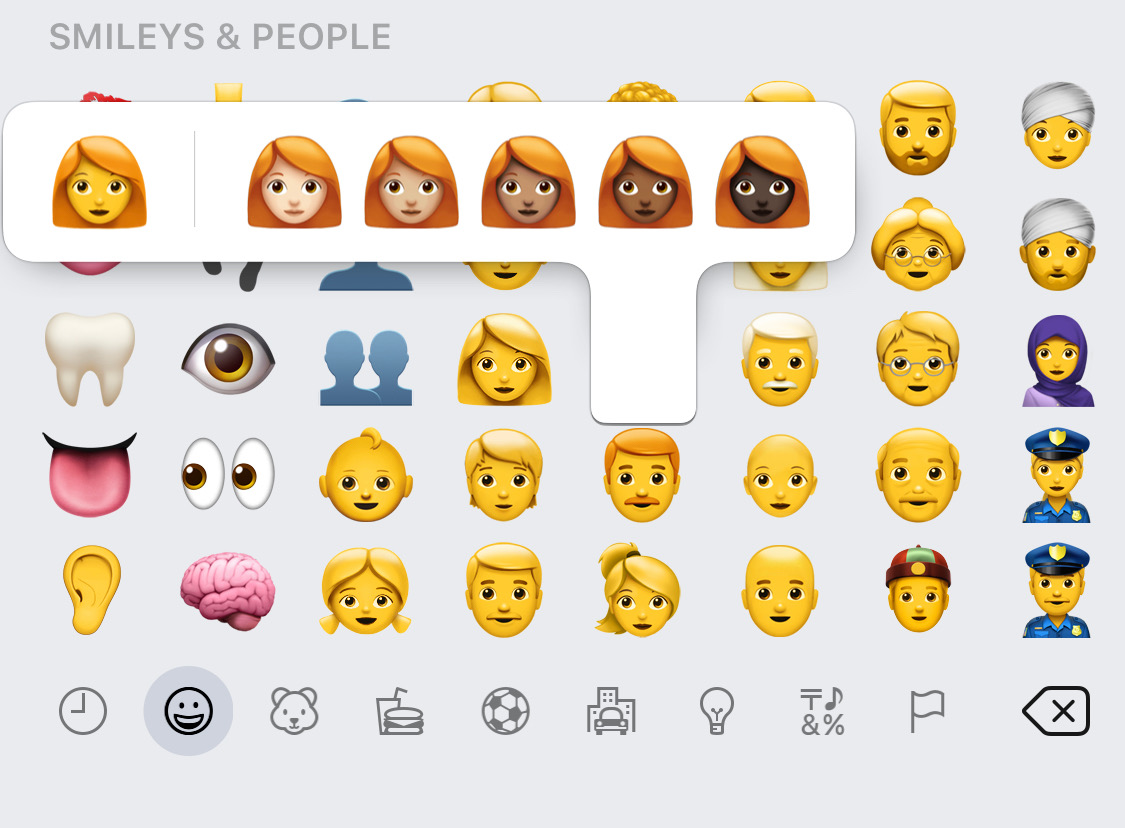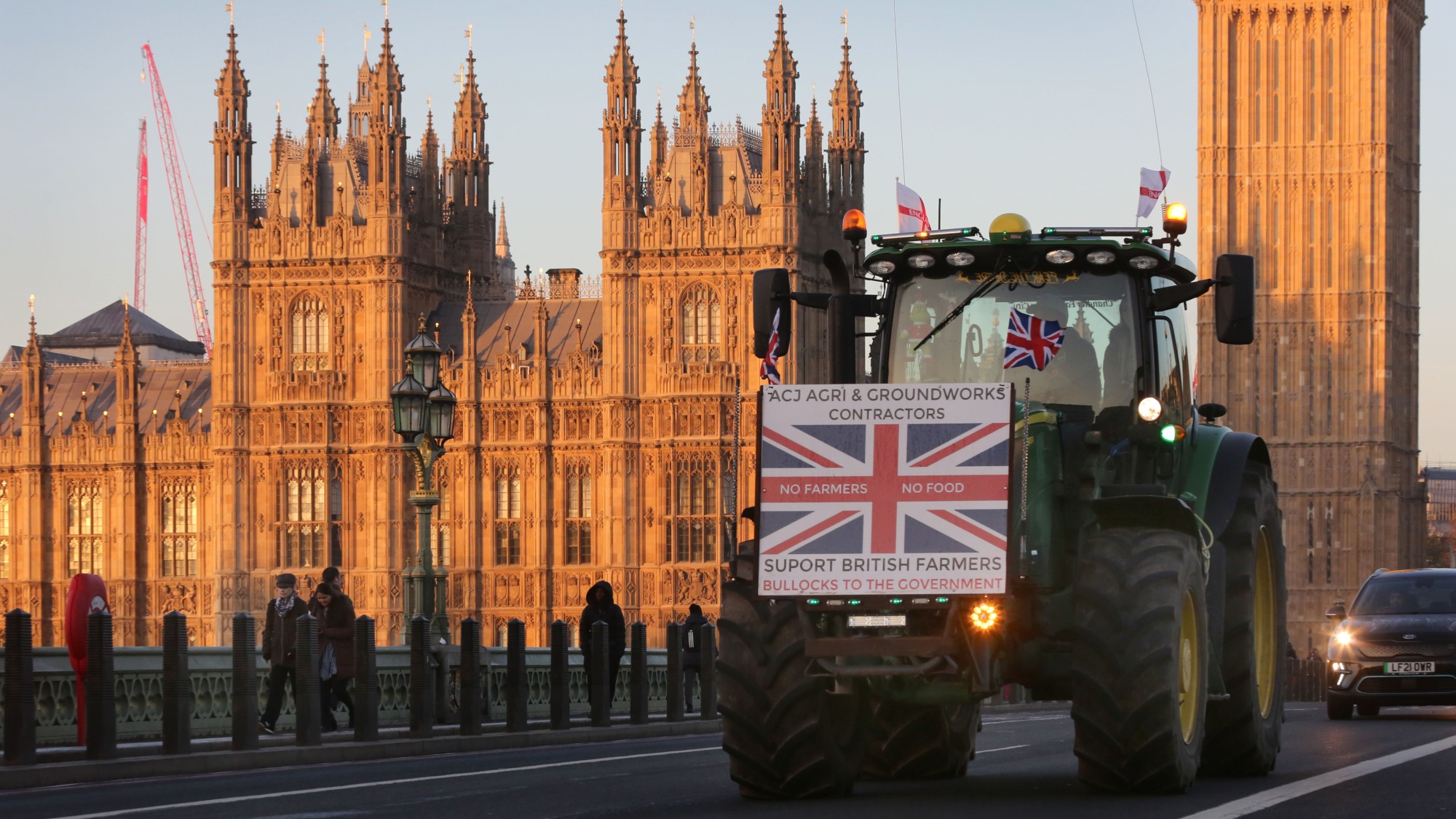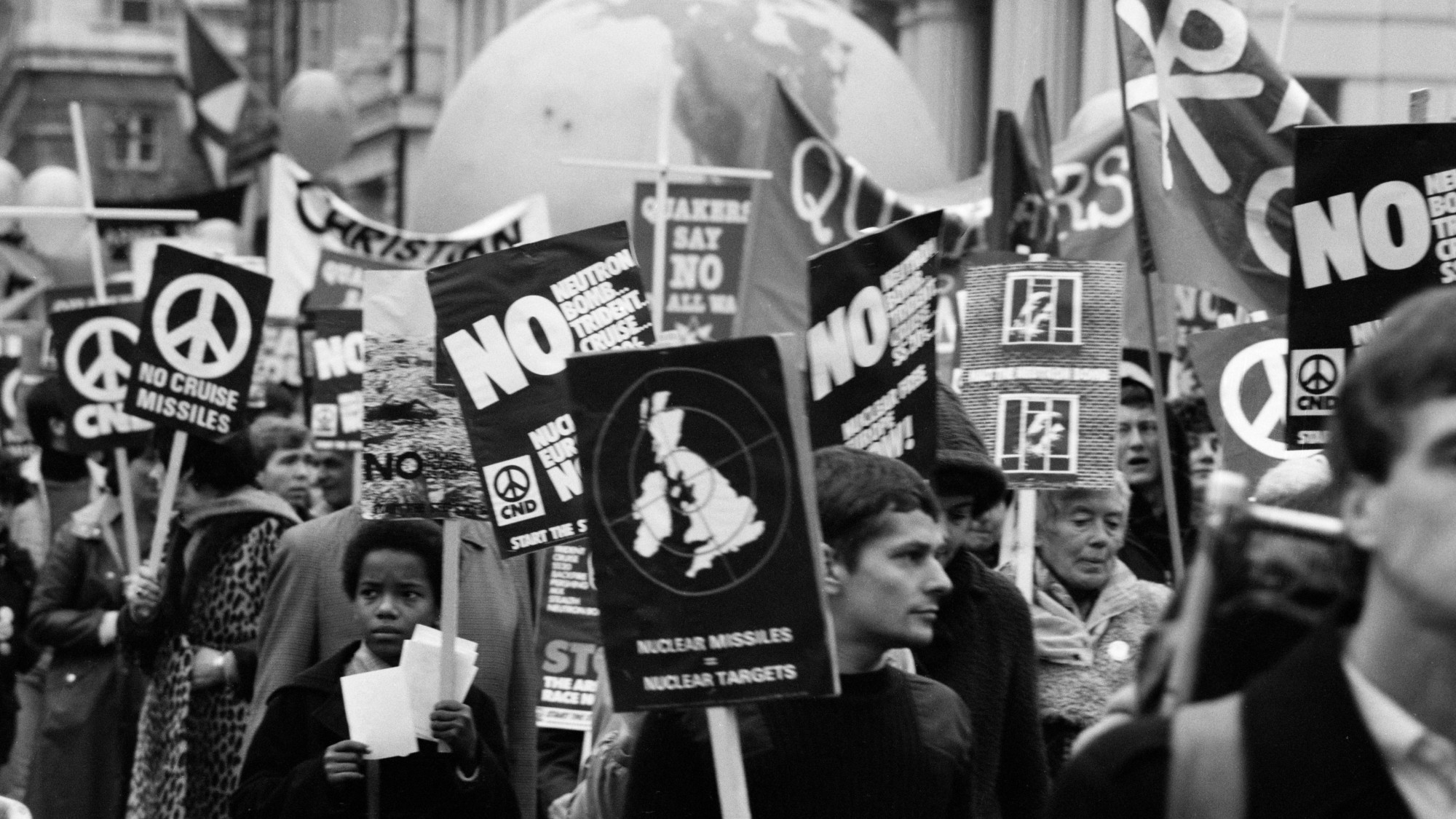Why we need a brunette white person emoji. No, really.
Counterintuitively, the brunette white person emoji might actually force white people to think more seriously about their race and the privileges afforded to it


The Unicode Consortium, arbiter of all things emoji-related, has at last revealed the highly-anticipated list of 230 new emojis that will be added to smart phones next month. The class of 2019 includes an otter emoji, a banjo emoji, a wheelchair emoji, 69 different multiracial couple combos, and a hilariously suggestive "pinching hand" emoji. But one big emoji is absent from the batch: The option of a brunette white person.
I will be the first to admit that this oversight seems laughably superficial. For one, light-skinned brunettes like me are vastly overrepresented in American culture compared to people with darker skin tones; as Jess Zimmerman argued for The Guardian, "It's only fair that white people should figure out how to navigate a digital world where the only emoji princess has brown skin." Moreover, I could always fall back on the default Simpsons-yellow emoji, opting out of picking a skin and hair color at all. But that's where things start to get complicated — and why I'm increasingly convinced the absence of a brunette white person emoji isn't as trivial as it sounds.
The emoji skin tones were first launched in 2015, and are modeled on the dermatological Fitzpatrick Scale, ranging from "pale white" to "darkest brown." Descending down the scale, users can select the default yellow emoji or "pale skin with black hair," "light skin with blonde hair," "medium skin with brown hair," "dark skin with dark brown hair," and "darkest brown skin with black hair." Unicode Consortium modifications later added curly hair, red hair, gray hair, and bald as emoji options — all available in the full range of skin tones.
The Week
Escape your echo chamber. Get the facts behind the news, plus analysis from multiple perspectives.

Sign up for The Week's Free Newsletters
From our morning news briefing to a weekly Good News Newsletter, get the best of The Week delivered directly to your inbox.
From our morning news briefing to a weekly Good News Newsletter, get the best of The Week delivered directly to your inbox.
It's become clear, though, that white users feel uncomfortable using the skin tone that technically represents them best. In a tally of complexion usage by The Atlantic in 2016, just 19 percent of people used the lightest shade on Twitter despite white people outnumbering black people on the platform about four-to-one. For one thing, using the lightest emoji feels incorrect because it "seems like the software platforms opted to include East Asians by assigning a 'neutral' dark/black hair to the palest skin tone," writes illustrator Jason Li. Emojipedia concurs, writing that the pale/black combination represents "those from [a] large slice of Asia."
Opting for the white/blonde emoji, on the other hand, feels like an aggressive assertion of a brunette's whiteness, with an emphasis on the Aryan characteristics rather than a more naturalistic representation of the features. As one white interviewee told Refinery 29 of her decision to use darker-skinned emojis, the alternatives felt "like an expression of white solidarity." Added Sarah Mervosh for The Dallas Morning News, "I'm afraid to use the white emoji." The result is that in many cases, white brunettes have opted for using the medium skin/brunette emoji, even if the skin tone is conspicuously too dark:
The question is, does this misrepresentation constitute something as serious as digital blackface? The answer is complicated, ranging from the appropriateness of reaction gifs that don't correspond with the poster's race to the use of darker emoji skin tones for reasons like "it's the tan I strive to be." Kendall Jenner, who has been accused of appropriating black culture on multiple occasions, faced backlash in 2017, for example, when she used the third of the five emoji skin tones to fill her fist-bump on social media:
To my surprise, though, many of my brown-haired white girl friends will still drop an emoji a shade or two darker than their natural skin tone into a group chat to represent a dismissive hair-flip or to customize a salsa dancer (notably, the emoji Kendall Jenner misused is also the one that corresponds to brown hair). Even I've personally found myself hesitating awkwardly over the choices, with none of them seeming right; yet as Jezebel's Prachi Gupta bluntly puts it: "Tell your white friends to not use the goddamn brown hand emoji." Or, for that matter, the brown one with brunette hair, however tempting it may be.
A free daily email with the biggest news stories of the day – and the best features from TheWeek.com
My work-around has been the default yellow emojis, but even that is fraught. As The Atlantic writes, "when white people opt out of racemoji in favor of the 'default' yellow, those symbols become even more closely associated with whiteness — and the notion that white is the only raceless color." By trying to be sensitive about my representation online, I'd naively made myself a part of the problem.
So what's the solution? Since the Unicode Consortium has historically adjusted its catalog along with demand, adding more customizable options like gray and red hair for all skin tones, the option to select a light-skinned brunette emoji seems like the simplest fix. Plus, seeing as black and brown hair is shared by some 90 percent of the people in the world, and across all skin types, its omission feels odd — after all, there's a red-hair emoji when less than 2 percent of the population is a natural redhead.

A new hair option is an imperfect answer, and it won't stop some white people from continuing to try to pass as ethnic or black online. But what it might do is encourage people to directly acknowledge their whiteness rather than existing in what The New York Times terms "the luxury of non-self-awareness." Because my skin is light, and worrying about my emoji hair color speaks to the fact that I've moved through the world mostly without thinking about how my complexion affects me.
Still, calls for a brunette white girl emoji have been met with ridicule: As was sarcastically posted in the /OMGBeckyStahp Reddit thread, the emoji is needed "so the brunette white girls of the world can stop crying over this blatant discrimination!" Yet counterintuitively, the brunette white person emoji might actually force white people to think more seriously about their race, and the privileges afforded to it — one Woman Tipping Hand: Light Skin Tone at a time.
Jeva Lange was the executive editor at TheWeek.com. She formerly served as The Week's deputy editor and culture critic. She is also a contributor to Screen Slate, and her writing has appeared in The New York Daily News, The Awl, Vice, and Gothamist, among other publications. Jeva lives in New York City. Follow her on Twitter.
-
 Is there a Christmas truce in the Starmer farmer ding-dong?
Is there a Christmas truce in the Starmer farmer ding-dong?Today’s Big Question There’s an ‘early present’ for farmers but tensions between Labour and rural communities remain
-
 The history of US nuclear weapons on UK soil
The history of US nuclear weapons on UK soilThe Explainer Arrangement has led to protests and dangerous mishaps
-
 Tea with Judi Dench: ‘touching’ show is must-watch Christmas TV
Tea with Judi Dench: ‘touching’ show is must-watch Christmas TVThe Week Recommends The national treasure sits down with Kenneth Branagh at her country home for a heartwarming ‘natter’
